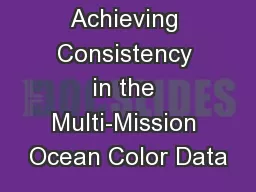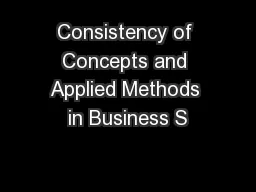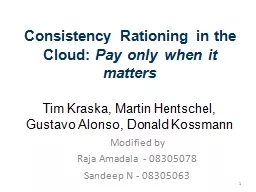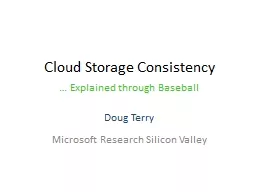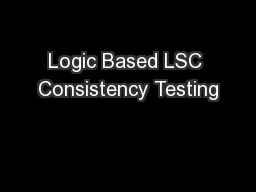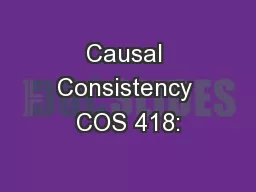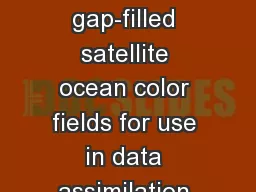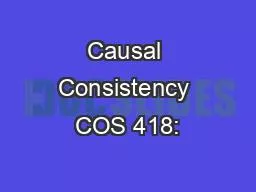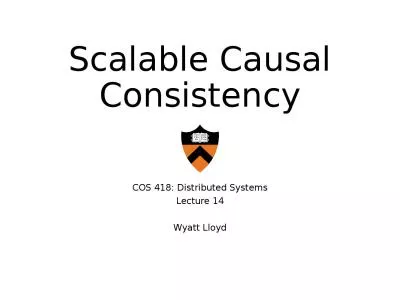PPT-Achieving Consistency in the Multi-Mission Ocean Color Data
Author : alexa-scheidler | Published Date : 2016-12-11
MODIS Science Team Meeting 19 May 2011 College Park MD Bryan Franz and the NASA Ocean Biology Processing Group Outline How we define a Climate Data Record How
Presentation Embed Code
Download Presentation
Download Presentation The PPT/PDF document "Achieving Consistency in the Multi-Missi..." is the property of its rightful owner. Permission is granted to download and print the materials on this website for personal, non-commercial use only, and to display it on your personal computer provided you do not modify the materials and that you retain all copyright notices contained in the materials. By downloading content from our website, you accept the terms of this agreement.
Achieving Consistency in the Multi-Mission Ocean Color Data: Transcript
Download Rules Of Document
"Achieving Consistency in the Multi-Mission Ocean Color Data"The content belongs to its owner. You may download and print it for personal use, without modification, and keep all copyright notices. By downloading, you agree to these terms.
Related Documents

